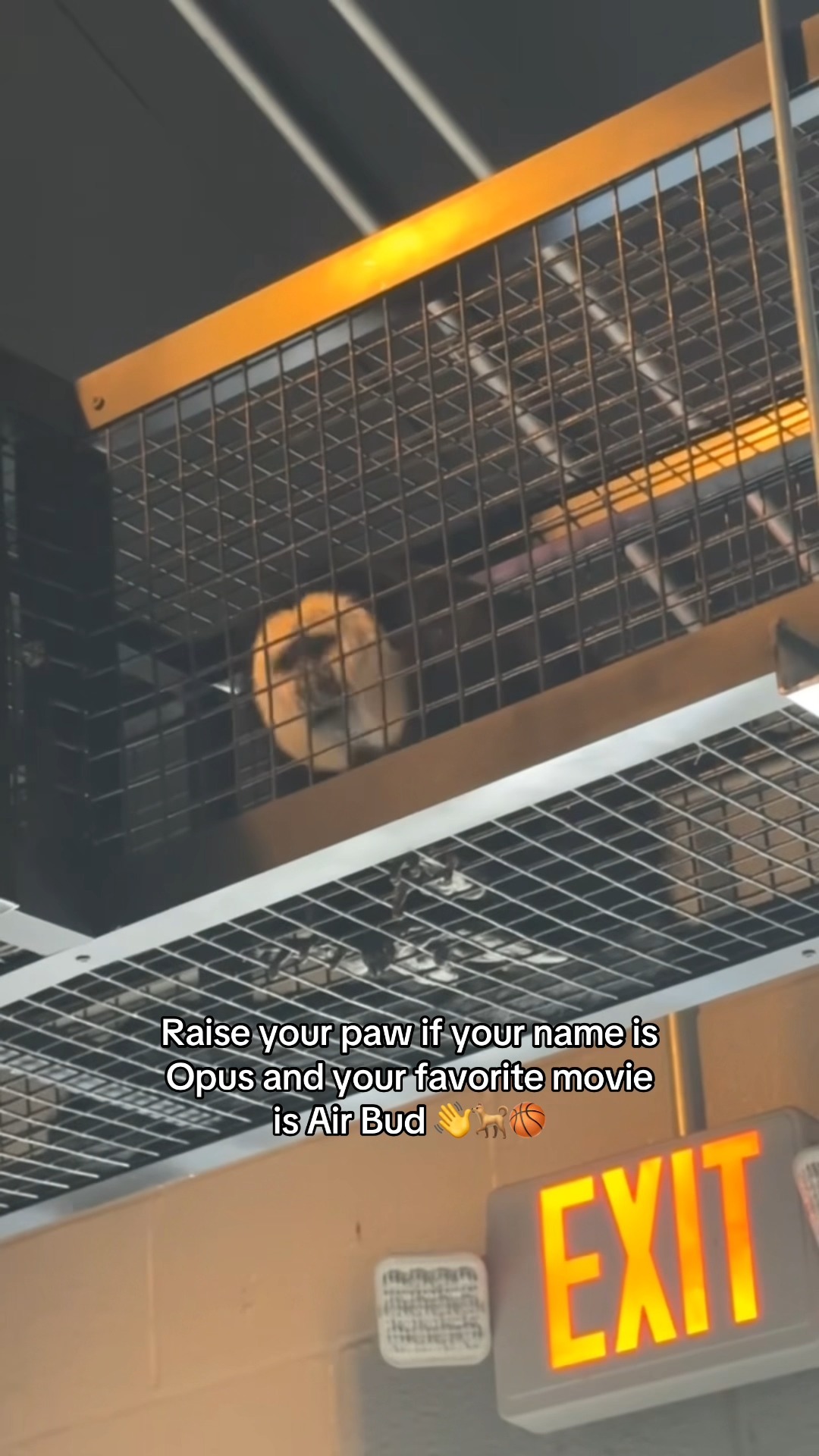- Detailed exploration of enrichment programs in zoos and their significance for animal welfare.
- Understanding sensory enrichment and its effects on animal behavior and psychology.
- The role of “Air Bud” as part of Opus’s sensory enrichment and its impact on the animal.
- Integration of technology in modern zoo habitats to simulate natural environments.
- The broader implications of enrichment practices on wildlife conservation and education.
In zoological settings, the concept of enrichment is pivotal for animal welfare. Enrichment refers to activities and modifications in animal enclosures designed to stimulate their senses and encourage natural behaviors. This method is founded on a comprehensive understanding of animal psychology and ecology, requiring inventive strategies from zookeepers to maintain the animals’ health and happiness. By designing an environment that encourages exploration and curiosity, zoos provide animals with the opportunity to engage in physical and mental exercises akin to those they would encounter in the wild. In this way, enrichment is directly tied to the success of zoos in replicating natural conditions as closely as possible, within the constraints of captivity.
Sensory enrichment plays a key role in modern animal husbandry. This type of enrichment focuses on stimulating the senses—sight, sound, smell, touch, and taste—to enhance the mental and emotional well-being of zoo animals. For instance, by introducing novel scents, keepers can prompt animals to investigate their surroundings more actively. Such sensory stimuli can reduce stress levels, deter stereotypic behavior, and promote physical activity. Research has shown that enrichment can significantly enhance an animal’s quality of life by fulfilling species-specific needs and preferences.
In our Habitat HQ, sensory enrichment is delivered through an innovative use of overhead tunnels and televisions. These installations are more than just entertaining; they provide an interactive experience. The TV screens broadcast a variety of visual content, including Opus’s favorite film, “Air Bud.” This delightful movie, centered around a basketball-playing dog, captivates Opus’s attention, thereby offering cognitive stimulation and entertainment. This blend of visual stimuli combined with strategically placed scents throughout the habitat effectively supports the animals in developing problem-solving skills and maintaining mental acuity. The variety in sensory experiences can lead to richer behavioral expressions by the animals.
The implementation of technology as part of animal enrichment in zoos has opened a new frontier in zoo management. Visually rich displays, audio stimuli, and even tactile features foster environments that mimic elements of life in the wild. Incorporating technology means zoos can continuously adapt the experiences they offer, thus preventing habituation and encouraging sustained interest and engagement from animals. The advancements further allow zookeepers to monitor interactions and adapt strategies in real time, ensuring the activities remain as effective as possible.
Using media content like “Air Bud” as an enrichment tool demonstrates the inventive approaches zoos are taking to involve animals. This strategy not only garners engagement from the animals but also educates the public about animal behavior. Visitors observing animals partaking in such activities gain insights into the complexities of animal care and welfare. This education is paramount for fostering a deeper understanding of conservation efforts, as an informed public is more likely to support initiatives aimed at wildlife preservation. Moreover, by channeling popular culture into these programs, zoos connect more deeply with visitors, simultaneously enhancing visitor experience and advocacy for conservation.
In the broader context, the implementation of enrichment strategies in zoos has implications well beyond individual welfare. These efforts contribute to species conservation by assisting in the development of animals’ natural behaviors, which is critical for their potential reintroduction to natural habitats. Enrichment can aid animals in honing skills necessary for survival outside of captivity. This aspect of zoo operation is crucial as it aligns closely with global conservation objectives aimed at maintaining biodiversity.
In summary, enrichment in zoos, exemplified by Opus’s fondness for “Air Bud,” highlights the sophisticated interplay between animal care, zoo management, and technology. These practices ensure that animals in captivity lead enriched lives, displaying a range of natural behaviors. This, in turn, significantly contributes to broader conservation goals through enhanced public education and engagement. By integrating such dynamic programs, zoos not only advance their conservation missions but also redefine how we perceive and interact with wildlife in captivity.
*****
Source Description
In case you couldn’t tell, Opus’ favorite movie is “Air Bud” 🐕 🏀
Our keepers use the TVs and overhead tunnels in Habitat HQ to create engaging enrichment experiences for our animals. With intriguing scents in the tunnels and entertaining sounds from the screens, it’s a sensory adventure they can’t get enough of!


